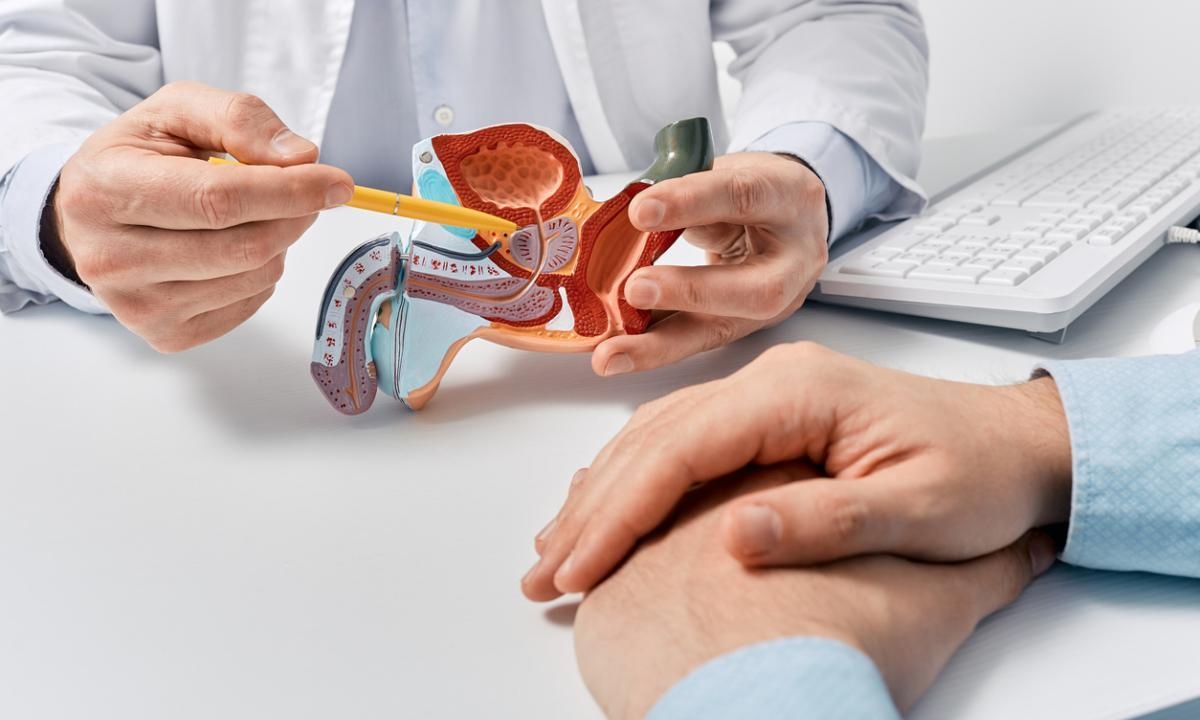
Prostate Cancer: Facts, Prevention, and Treatment
Prostate cancer is one of the most common types of cancer among men worldwide.
While early detection and treatment can significantly improve the chances of recovery, lack of awareness and social stigma often hinder men from seeking timely medical attention. This article aims to raise awareness about prostate cancer, its risk factors, symptoms, and available treatment options.
Understanding Prostate Cancer
Prostate cancer is a malignant tumor that develops in the prostate gland, a small gland that is a part of the male reproductive system. Prostate cancer is most common in men over 50 years of age, and its incidence increases with age. In most cases, prostate cancer grows slowly and may not cause significant symptoms, but in some cases, it can be aggressive and spread to other parts of the body, causing severe complications.
Risk Factors for Prostate Cancer
Several factors increase the risk of developing prostate cancer, including age, family history of prostate cancer, ethnicity, and obesity. Men who have a first-degree relative (father or brother) with prostate cancer are at a higher risk of developing the disease, as are African American men, who are more likely to develop aggressive prostate cancer.
Symptoms of Prostate Cancer
In the early stages, prostate cancer may not cause any symptoms, but as the tumor grows, it can cause problems with urination, such as a weak or interrupted urine flow, frequent urination, or the need to urinate during the night. Other symptoms may include blood in the urine or semen, pain or discomfort during ejaculation, or pain in the back, hips, or pelvis.
Early Detection and Screening for Prostate Cancer
Early detection and screening for prostate cancer are critical for successful treatment outcomes. Prostate cancer screening typically involves a blood test that measures the level of prostate-specific antigen (PSA) in the blood and a digital rectal exam (DRE). Men at higher risk of prostate cancer, such as those with a family history of the disease, may need to start screening at an earlier age.
Treatment Options for Prostate Cancer
The choice of treatment for prostate cancer depends on various factors, such as the stage of the cancer, the age and health of the patient, and the presence of other medical conditions. Treatment options may include active surveillance, surgery, radiation therapy, hormone therapy, chemotherapy, or a combination of these.
Coping with Prostate Cancer
A prostate cancer diagnosis can be overwhelming, and coping with the disease can be challenging. It is essential for men with prostate cancer to have a strong support system and access to resources such as support groups, counseling, and educational materials. Lifestyle changes such as a healthy diet, regular exercise, and stress management can also help men cope with the disease.
Prostate Cancer Prevention and Lifestyle Changes
While there is no sure way to prevent prostate cancer, certain lifestyle changes can lower the risk of developing the disease. These include maintaining a healthy weight, staying physically active, eating a diet rich in fruits, vegetables, and whole grains, and limiting the intake of red and processed meats.
Breaking the Stigma Surrounding Prostate Cancer
One of the main challenges in raising awareness about prostate cancer is the social stigma associated with the disease. Many men may feel embarrassed or ashamed to talk about their symptoms or seek medical attention. It is crucial to break this stigma and encourage men to prioritize their health by seeking
Early Detection of Prostate Cancer
Early detection of prostate cancer is critical to successful treatment outcomes. The earlier prostate cancer is detected, the more likely it is to be treated successfully. This is why regular screening is important for men who are at risk of developing prostate cancer. Screening typically involves a physical exam and a blood test called a prostate-specific antigen (PSA) test. If the results of these tests suggest that prostate cancer may be present, further testing such as a biopsy may be recommended.
Treatment Options for Prostate Cancer
There are several treatment options available for prostate cancer, depending on the stage and severity of the cancer. These options include surgery, radiation therapy, chemotherapy, hormone therapy, and watchful waiting. The most appropriate treatment option will depend on a variety of factors, including the stage and grade of the cancer, the patient's age and overall health, and the patient's preferences.
Surgery involves removing the prostate gland and surrounding tissue. Radiation therapy uses high-energy radiation to kill cancer cells. Chemotherapy uses drugs to kill cancer cells, while hormone therapy works by reducing the amount of testosterone in the body, which can slow the growth of prostate cancer cells. Watchful waiting, also known as active surveillance, involves monitoring the cancer closely but not immediately treating it.
Conclusion
Prostate cancer is a serious health concern for men, but with increased awareness and early detection, it can be successfully treated. Men who are at risk of developing prostate cancer should talk to their doctor about regular screening and other risk-reducing strategies. And for those who have been diagnosed with prostate cancer, there are a range of treatment options available that can help improve outcomes and quality of life. By raising awareness about prostate cancer and encouraging men to take an active role in their own health, we can make progress towards reducing the impact of this disease.
Trending
-
1 Mental Health Absences Cost NHS £2 Billion Yearly
Riddhi Doshi -
2 Gut Check: A Short Guide to Digestive Health
Daniel Hall -
3 London's EuroEyes Clinic Recognised as Leader in Cataract Correction
Mihir Gadhvi -
4 4 Innovations in Lab Sample Management Enhancing Research Precision
Emily Newton -
5 The Science Behind Addiction and How Rehabs Can Help
Daniel Hall





Comments